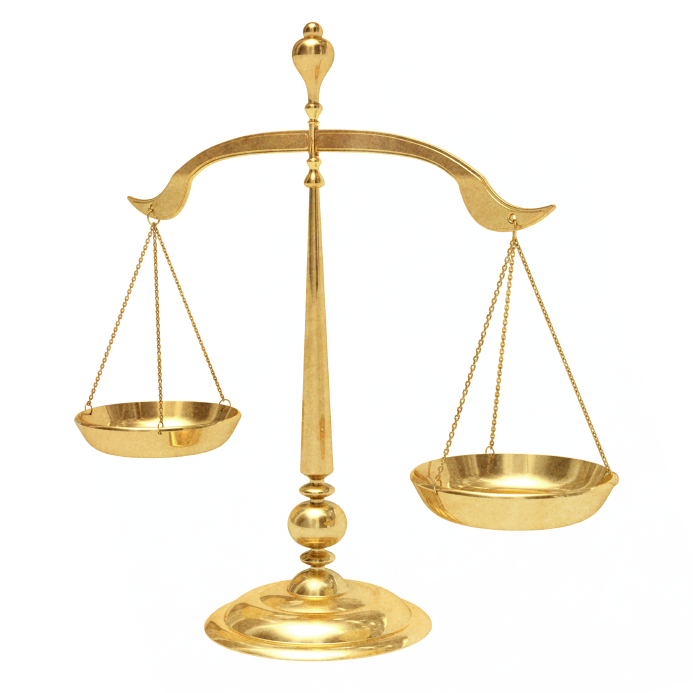
Attached please find a recent U.S. Court of Appeals for the Federal Circuit case (September 16, 2014 in VirnetX, Inc. v. Cisco Sys., Inc.) in which a U.S. court finds again the “25 percent rule of thumb” to determine royalty rates inadmissible:
“[W]e agree with the courts that have rejected invocations of the Nash theorem without sufficiently establishing that the premises of the theorem actually apply to the facts of the case at hand. The use here was just such an inappropriate “rule of thumb.” Previously, damages experts often relied on the “25 percent rule of thumb” in determining a reasonable royalty rate in a hypothetical negotiation. That rule hypothesized that 25% of the value of the infringing product would remain with the patentee, while the remaining 75% would go to the licensee. [W]e held the “25 percent rule of thumb” to be inadmissible “because it fails to tie a reasonable royalty base to the facts of the case at issue.” In so doing, we noted that the rule did not differentiate between different industries, technologies, or parties. Rather, it assumed the same 25/75 royalty split regardless of the size of the patent portfolio in question or the value of the patented technology. The problem is that the 25% rule made too crude a generalization about a vastly more complicated world.”
US TP 25% rule of thumb Virnetx vs. Cisco (Reasonable royalties)
Original Post By: Daniel Erasmus




















Recent Comments